NOAA latest El Nino update, issued today, August 7th, 2014, reports that the chance of El Nino in the Northern Hemisphere has been decreased to a 65% chance. Sadly the El Nino conditions once appeared strong in the Pacific are weakening… A strong El Nino looks out of the question now. A moderate El Nino is doubtful. We’re most likely looking at a weak El Nino this winter is anything at all. Here’s the quick and dirty of the NOAA El Nino report below:
“A strong El Niño is not favored in any of the ensemble averages, and slightly more models call for a weak event rather than a moderate event. At this time, the consensus of forecasters expects El Niño to emerge during August-October and to peak at weak strength during the late fall and early winter (3-month values of the Niño-3.4 index between 0.5°C and 0.9°C). The chance of El Niño has decreased to about 65% during the Northern Hemisphere fall and early winter (click CPC/IRI consensus forecast for the chance of each outcome).” – NOAA
EL NIÑO/SOUTHERN OSCILLATION (ENSO) DIAGNOSTIC DISCUSSION
issued by
CLIMATE PREDICTION CENTER/NCEP/NWS
and the International Research Institute for Climate and Society
7 August 2014
ENSO Alert System Status: El Niño Watch
Synopsis:The chance of El Niño has decreased to about 65% during the Northern Hemisphere fall and early winter.
During July 2014, above-average sea surface temperatures (SST) continued in the far eastern equatorial Pacific, but near average SSTs prevailed in the central and east-central equatorial Pacific (Fig. 1).
Most of the Niño indices decreased toward the end of the month with values of +0.3°C in Niño-4, -0.1°C in Niño-3.4, +0.2°C in Niño-3, and +0.6°C in Niño-1+2 (Fig. 2).
Subsurface heat content anomalies (averaged between 180º-100ºW) continued to decrease and are slightly below average (Fig. 3).
The above-average subsurface temperatures that were observed near the surface during June (down to 100m depth) are now limited to a thin layer in the top 50m, underlain by mainly below-average temperatures (Fig. 4).
The low-level winds over the tropical Pacific remained near average during July, but westerly wind anomalies appeared in the central and eastern part of the basin toward the end of the month. Upper-level winds remained generally near average and convection was enhanced mainly just north of the equator in the western Pacific (Fig. 5).
The lack of a coherent atmospheric El Niño pattern, and a return to near-average SSTs in the central Pacific, indicate ENSO-neutral.
Over the last month, model forecasts have slightly delayed the El Niño onset, with most models now indicating the onset during July-September, with the event continuing into early 2015 (Fig. 6).
A strong El Niño is not favored in any of the ensemble averages, and slightly more models call for a weak event rather than a moderate event. At this time, the consensus of forecasters expects El Niño to emerge during August-October and to peak at weak strength during the late fall and early winter (3-month values of the Niño-3.4 index between 0.5°C and 0.9°C). The chance of El Niño has decreased to about 65% during the Northern Hemisphere fall and early winter (click CPC/IRI consensus forecast for the chance of each outcome).
This discussion is a consolidated effort of the National Oceanic and Atmospheric Administration (NOAA), NOAA’s National Weather Service, and their funded institutions. Oceanic and atmospheric conditions are updated weekly on the Climate Prediction Center web site (El Niño/La Niña Current Conditions and Expert Discussions). Forecasts are also updated monthly in the Forecast Forum of CPC’s Climate Diagnostics Bulletin. Additional perspectives and analysis are also available in an ENSO blog. The next ENSO Diagnostics Discussion is scheduled for 4 September 2014. To receive an e-mail notification when the monthly ENSO Diagnostic Discussions are released, please send an e-mail message to: ncep.list.enso-update@noaa.gov.
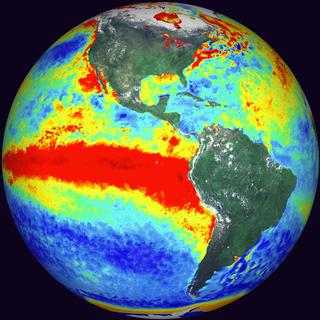

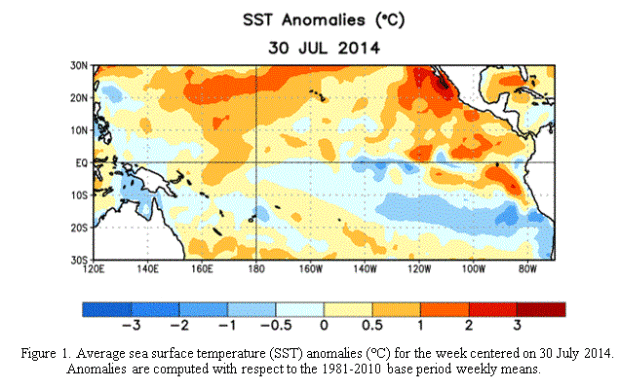
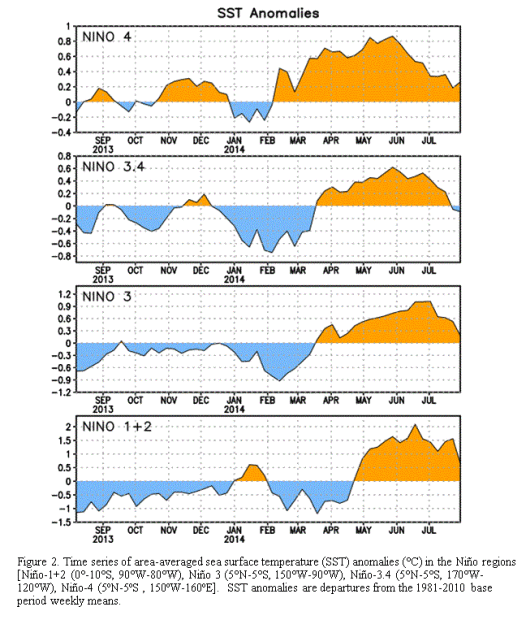
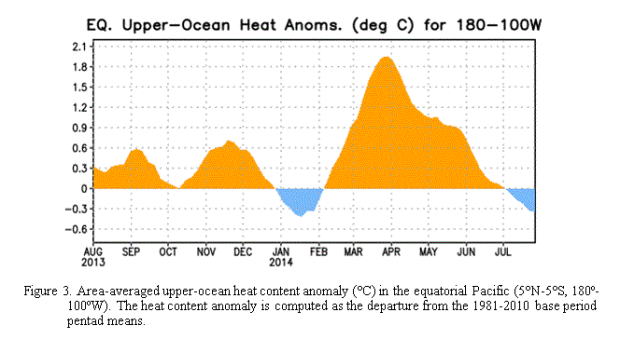
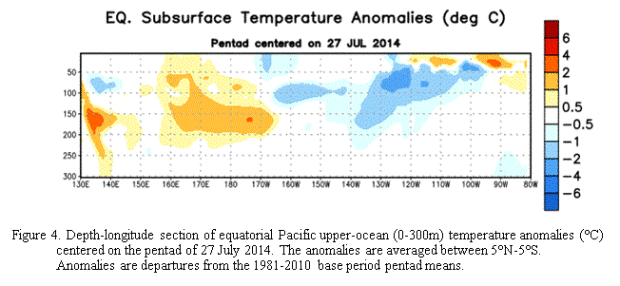
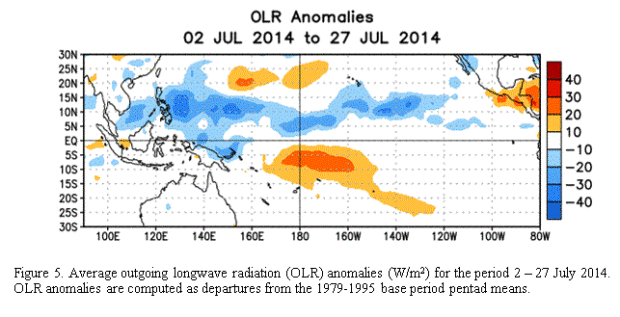
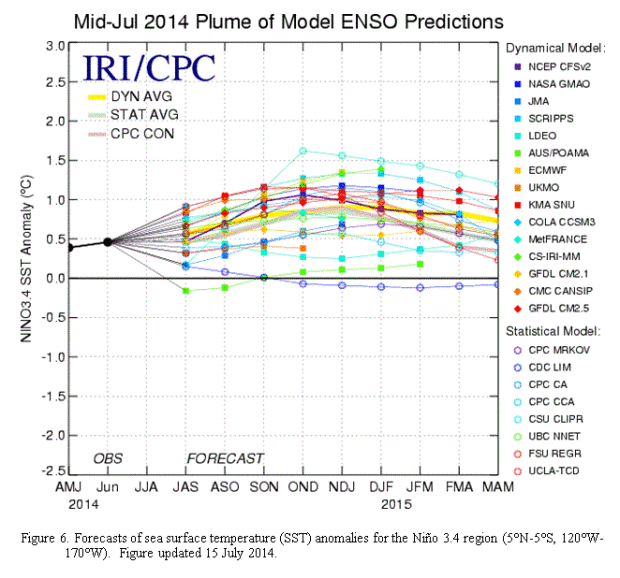
Please write an article with what this means for snow, temps, etc for the US(AK included), BC, and Europe. I know some people can read this information and make conclusions from it, but many of us can’t. Always appreciate and enjoy your detailed write ups. Hope it keeps snowing in SA for you
Hey ????,
I totally understand. Only NOAA is doing reports on El Nino right now and since NOAA is a US government funded organization, they only do forecasts for the US of A unfortunately. I could be wrong, but I don’t think El Nino has much if any impact on Europe.
As far as AK goes, this link has great info: http://pafc.arh.noaa.gov/classroom/el_nino3.php.
Southern BC is typically drier than average with El Nino.
Hope that helps.